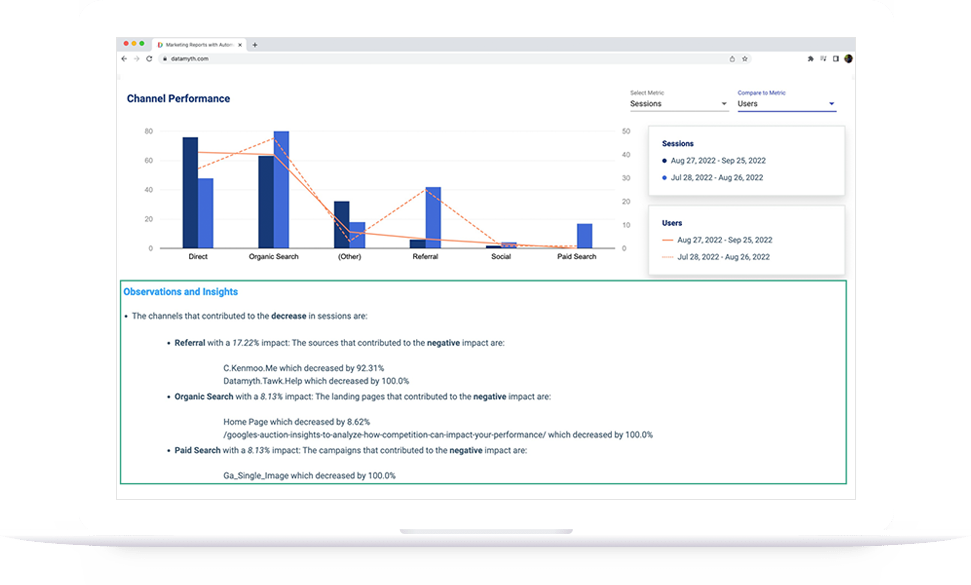As a digital marketer, you run campaigns across multiple channels & mediums. You deal with a lot of data on a daily basis and analyze it to identify a pattern or trend based on your optimization tasks which you carried out earlier. Data and analysis go hand in hand to ensure that these campaigns are efficient and effective. According to Gartner, 81% of marketers expect the majority of their decisions to be data-driven by 2020. 76% say that’s already the case. Data is the key to knowing what is working and what is not, so that you can drive faster decision making and deliver the right content/message to your audience at the right time. The tips mentioned in this blog will help you streamline your analysis faster. So here goes!
Tip 1: Analyze the Right Data:
Every channel or medium provides a whole bunch of data, but not everything aligns with your marketing strategy or goal. Pick the right metric that would help achieve your goal and align your marketing metrics from each channel to these metrics. For example, if your goal is to drive visibility you need to drive impressions/views. The next step would be to map the metrics to each channel like – Impressions for Google Search and Views for Facebook & LinkedIn.
Tip 2: Prioritize Your Data Source:
If you are trying to drive leads and your campaigns are live across multiple channels, start with the channel that is driving a higher volume of leads where-in a minimal effort can drive a higher return. To get to this stage, analyze data from the different sources and prioritize the channels based on metrics like lead volume, CPLs, etc.
Tip 3: Identify What’s Working and What’s Not:
Now that you have your data by channel and you know what is driving results, dive deeper to understand what drives these results. For example, if Paid Campaigns are driving leads, find out which keyword along with the match type that is working, the position at which you receive the maximum results, the ads driving results etc. Try to find as much as detail you can from campaigns or data available.
Tip 4: Answer the Why: :
This is a critical step that is generally skipped, but adds a lot of value to your analysis. Now you have identified what is working, along with what is not working, dive deeper to understand the reason. What was that one thing that caused the change in performance. This will help you understand the change required and plan your next step.
Tip 5: Test New Strategies Based on the Analysis:
If you stop testing or implementing new strategies, your competition can easily overtake you. With deep data analysis, you can test new strategies based on your answer to the ‘WHY’ in Tip 4. Constant optimization will help drive better results over a period of time.
Remember that if your analysis is data-backed, the strategy you recommend will have a positive effect, some, more effective than the others. In the long run, you will gather more and more data and insights about your account making the strategies even stronger.


